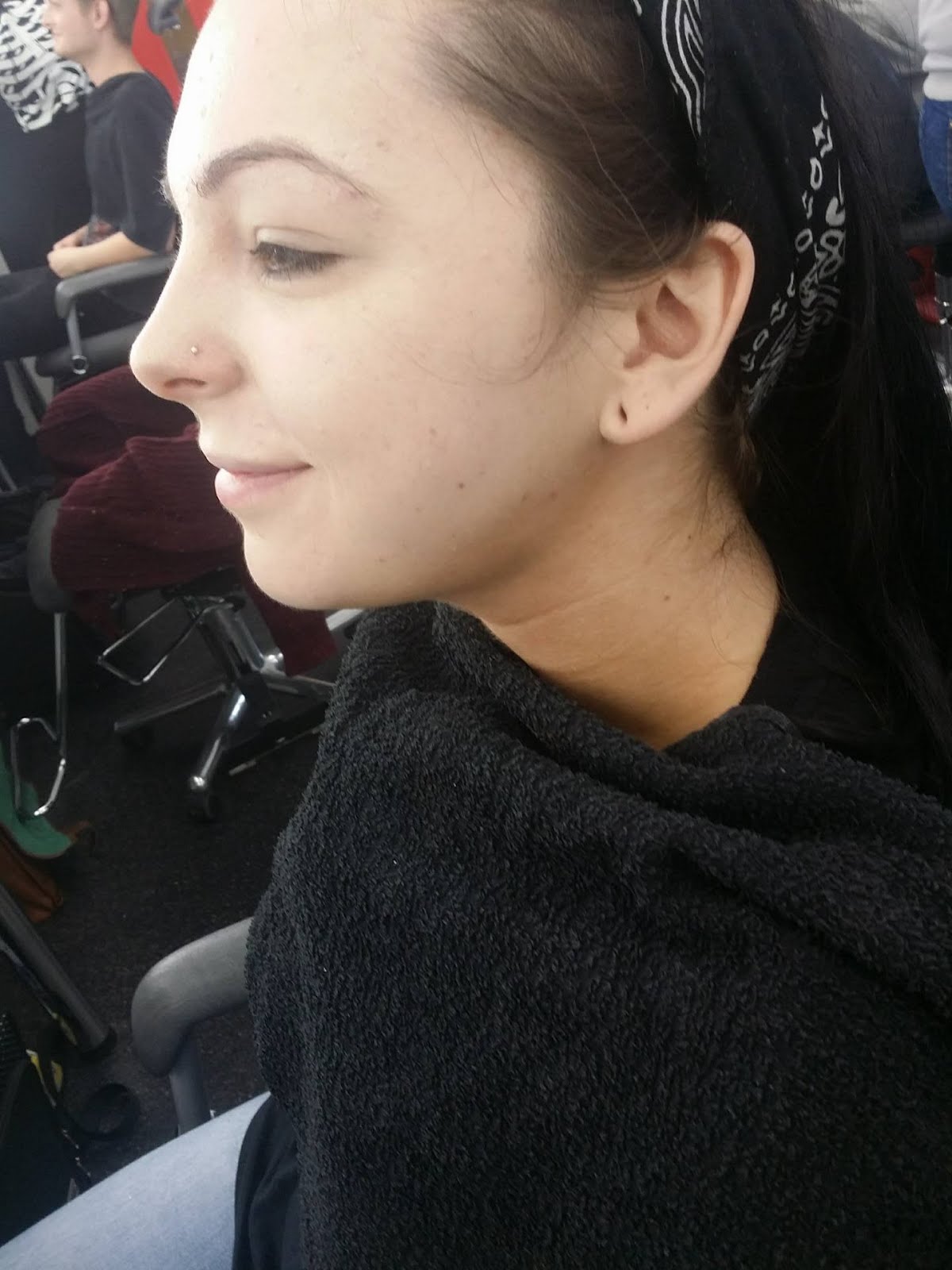About
Labels
Popular Posts
-
Health and Safety: In the studio or on set it's important to maintain really good standard of hygiene and strict health and safety ...
-
A good base is the key to any make up application. It is important take into account the skin type of the model you are working on so you c...
-
PROJECT BRIEF: NEW ELIZABETHANS All make-up artists require a range of skills associated with the construction, analysis and visual descr...
-
In today's practical session we expanded on our base knowledge and we learned how to shape the face using powder products. We started ...
-
What a pretty rose. Throughout the Elizabethan research I've seen it come up at least a million times. Of course I knew why. It'...
-
Halloween is always my favourite holiday of the year. I'm known for going a little bit crazy with my make up as last year I was Harley Q...
-
During the Critique session Sharon mentioned that she didn't really like the whole smudged lipstick technique. She said that it could lo...
-
Elizabeth I in Film and Television It isn't uncommon to see Tudors in television and film. It was a crucial part of our history and...
-
This was an exciting prospect. I enjoy working with colour and this looked like it was going to be a lot of fun. We had been given the task ...








